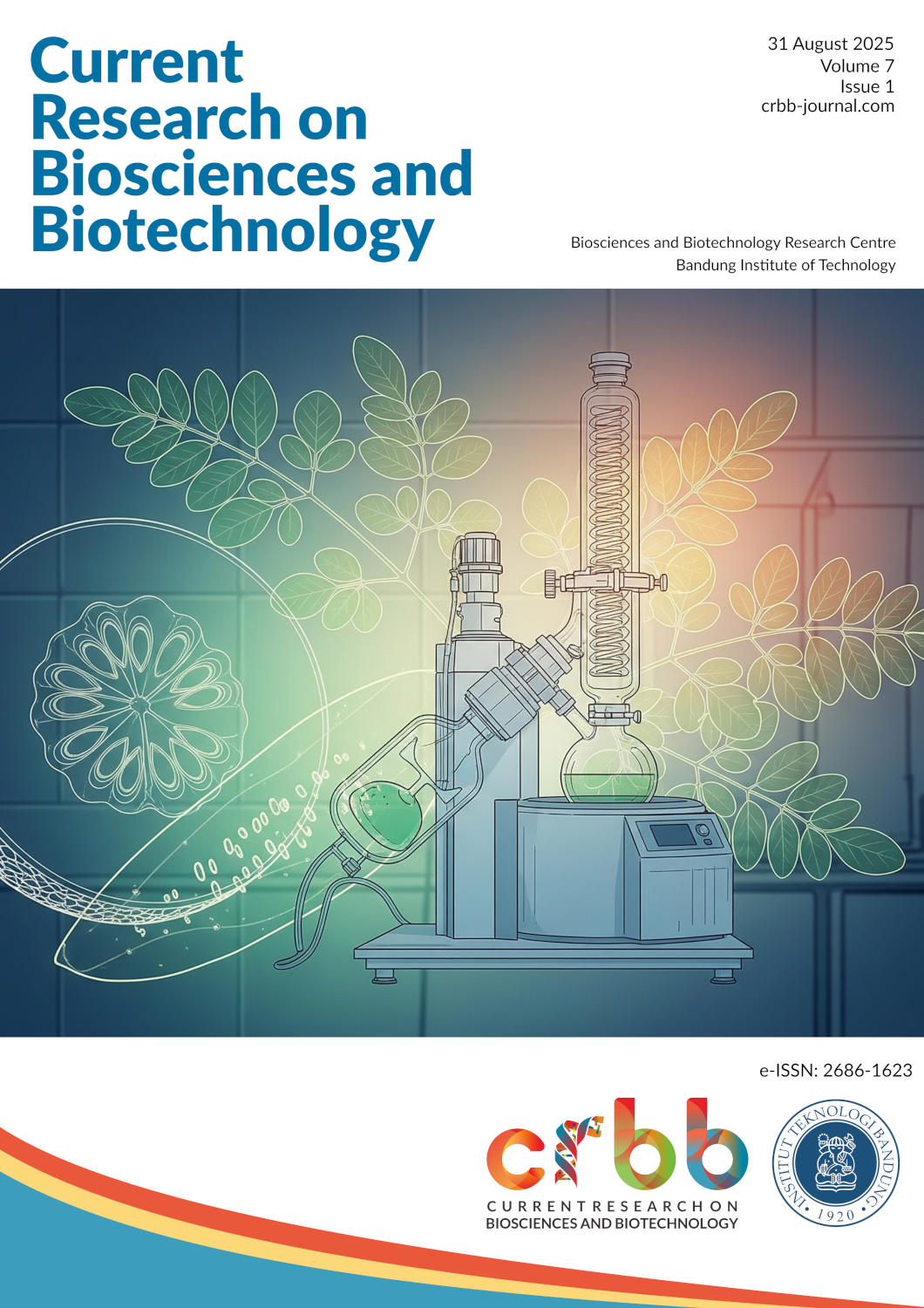Liquid chromatography-mass spectrometric analysis of some bioactive compounds in commercial herbal products derived from Moringa oleifera L.
Main Article Content
Abstract
Moringa oleifera is widely recognized as a “miracle tree” due to its nutritional, medicinal, and environmental benefits. Its diverse phytochemical content underlies significant pharmacological effects. However, conventional HPLC methods for analyzing multi-component compounds in M. oleifera are often time-consuming and lack sensitivity, particularly for compounds present at low concentrations. To address this, we developed and validated an analytical method using UPLC-ESI-MRM/MS combined with ultrasound-assisted extraction (UAE). Method validation covered linearity, sensitivity (LOD, LOQ), accuracy, and precision, while UAE was optimized using Response Surface Methodology (RSM) with Box-Behnken Design. Seven phytochemical compounds—rutin, hyperoside, nicotiflorin, astragalin, niazirin, quercetin, and kaempferol—were quantified in various M. oleifera products including dried powder, herbal tea, extracts, and capsules. The validated method showed linearity between 1.56–500 µg/mL, LOD values of 0.036–0.094 µg/mL, LOQ values of 0.0108–0.2850 µg/mL, with accuracy and precision within ±15%. Optimal extraction was achieved at a solvent ratio of 1:30, temperature of 40 °C, and extraction time of 17.85 min. UPLC-ESI-MRM/MS enabled rapid separation and detection of all seven compounds within 15 minutes, significantly improving resolution compared to UV-based HPLC. In addition, three abundant flavonoids were confirmed as the main flavonoids present in Moringa, mainly rutin, hyperoside and nicotiflorin. On the other hand, niazirin can be considered as the specific marker for Moringa leaves. These results demonstrate that UPLC-ESI-MRM/MS, coupled with optimized UAE, provides a sensitive, rapid, and reliable approach for profiling M. oleifera phytochemicals, supporting its quality assessment and potential applications in nutraceutical and pharmaceutical industries.

